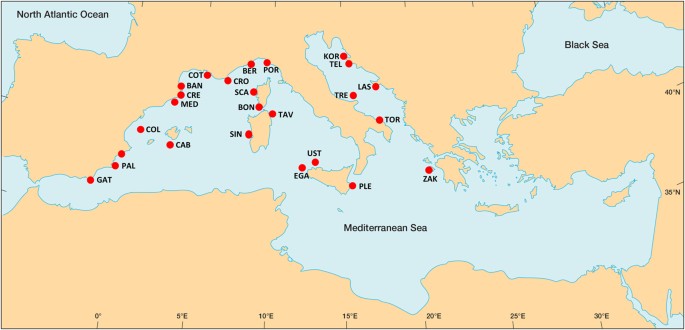- Select a language for the TTS:
- UK English Female
- UK English Male
- US English Female
- US English Male
- Australian Female
- Australian Male
- Language selected: (auto detect) - EN
Play all audios:
ABSTRACT We have previously purified and characterized a rat liver protein C′BP-1 that is either identical or closely related to C/EBPδ (). The mouse metallothionein-I (MT-I) promoter
contains two C′BP-1 binding sites, one of which includes the MRE-c′ region (−135 to −110). The C′BP-1 binding activity was detected by EMSA as a major activity for MRE-c′ in nonproliferating
adult liver cells but not in rat hepatoma cells. ln this study, we purified and characterized a factor, C′BP-2, which had a dominant binding activity for MRE-c′ in Morris hepatoma 3924A, a
poorly differentiated, fast-growing tissue. C′BP-2 is a 28 kDa protein which exists in solution as a monomer. As observed for C′BP-1, affinity-purified C′BP-2 stimulated transcription from
the mMT-I gene promoter. DNase I footprinting revealed two C′BP-2 binding sites in the regions that overlap with the CCAAT homologies of the C′BP-1 binding sites on the mMT-I promoter.
C′BP-2 made essential contacts with the CCAAT homology and in the region upstream of this sequence. Competition electrophoretic mobility shift assay and methylation interference analysis
revealed that C′BP-2 is a protein closely related, but not identical, to CP2. These data suggest that C′BP-1 and C′BP-2 may play a role in hepatocyte proliferation and/or differentiation.
Access through your institution Buy or subscribe This is a preview of subscription content, access via your institution ACCESS OPTIONS Access through your institution Subscribe to this
journal Receive 50 print issues and online access $259.00 per year only $5.18 per issue Learn more Buy this article * Purchase on SpringerLink * Instant access to full article PDF Buy now
Prices may be subject to local taxes which are calculated during checkout ADDITIONAL ACCESS OPTIONS: * Log in * Learn about institutional subscriptions * Read our FAQs * Contact customer
support SIMILAR CONTENT BEING VIEWED BY OTHERS SYSTEMATIZED REPORTER ASSAYS REVEAL ZIC PROTEIN REGULATORY ABILITIES ARE SUBCLASS-SPECIFIC AND DEPENDENT UPON TRANSCRIPTION FACTOR BINDING SITE
CONTEXT Article Open access 04 August 2020 BANP OPENS CHROMATIN AND ACTIVATES CPG-ISLAND-REGULATED GENES Article 07 July 2021 MULTIMERIC TRANSCRIPTION FACTOR BCL11A UTILIZES TWO ZINC-FINGER
TANDEM ARRAYS TO BIND CLUSTERED SHORT SEQUENCE MOTIFS Article Open access 17 April 2025 AUTHOR INFORMATION Author notes * Lyudmila P Aniskovitch Present address: Department of Biochemistry,
Howard Hughes Medical Institute, University of Medicine and Dentistry of New Jersey, Robert Wood Johnson Medical School, Piscataway, New Jersey, USA AUTHORS AND AFFILIATIONS * Department of
Medical Biochemistry, The Ohio State University College of Medicine, Columbus, 43210, Ohio, USA Samson T Jacob * Department of Pharmacology and Molecular Biology, The Chicago Medical
School, 3333 Green Bay Road, North Chicago, 60064, Illinois, USA Lyudmila P Aniskovitch Authors * Lyudmila P Aniskovitch View author publications You can also search for this author inPubMed
Google Scholar * Samson T Jacob View author publications You can also search for this author inPubMed Google Scholar RIGHTS AND PERMISSIONS Reprints and permissions ABOUT THIS ARTICLE CITE
THIS ARTICLE Aniskovitch, L., Jacob, S. Distinct rat proteins can recognize CCAAT-homologous sequences of the metallothionein promoter and trans-activate this promoter. _Oncogene_ 16,
1475–1486 (1998). https://doi.org/10.1038/sj.onc.1201659 Download citation * Received: 06 August 1997 * Revised: 17 October 1997 * Accepted: 20 October 1997 * Published: 31 March 1998 *
Issue Date: 19 March 1998 * DOI: https://doi.org/10.1038/sj.onc.1201659 SHARE THIS ARTICLE Anyone you share the following link with will be able to read this content: Get shareable link
Sorry, a shareable link is not currently available for this article. Copy to clipboard Provided by the Springer Nature SharedIt content-sharing initiative KEYWORDS * metallothionein-I
promoter activation * hepatoma protein * liver protein






